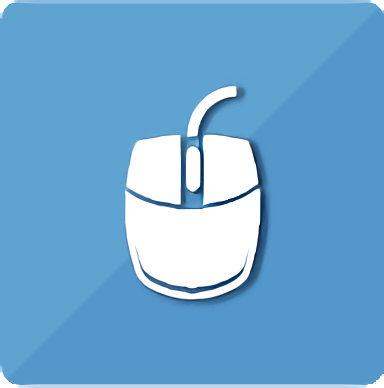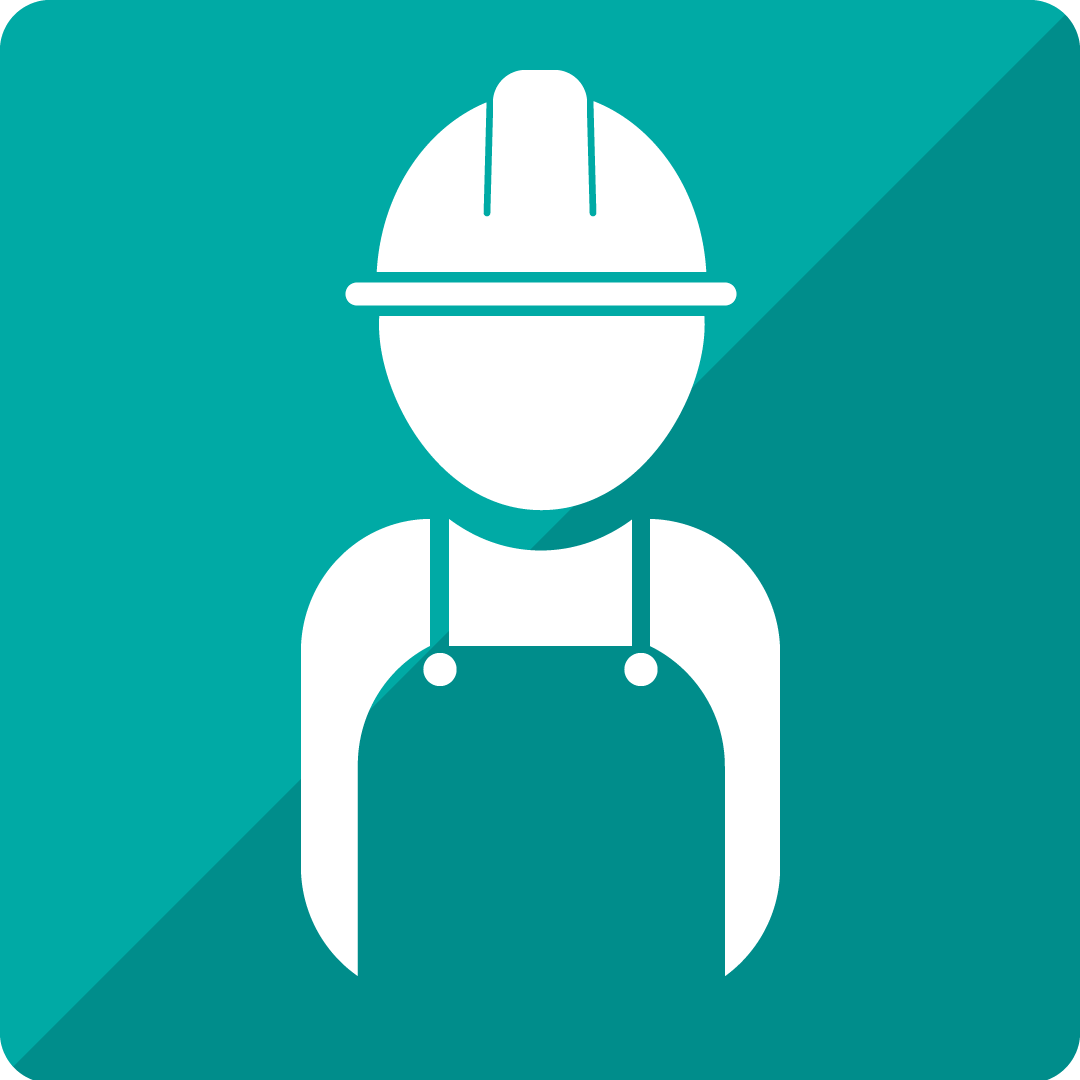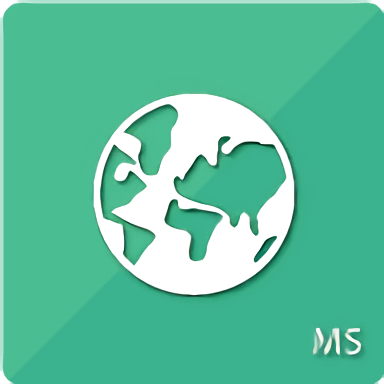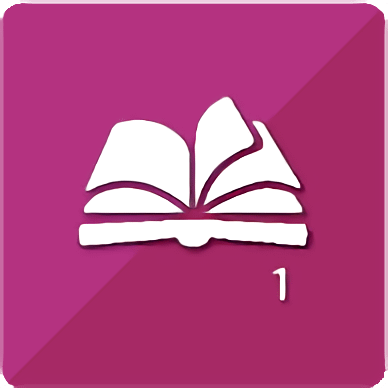Computer Skills for Academic Success [Competency Based]
$250.00Course Description
Computer programs are an integral part of day-to-day life, so it’s essential to have a basic understanding of how they work and how to use them safely and responsibly. In this course, students learn about file types, including PDFs, as well as basic file management. They also learn about digital citizenship and how to communicate effectively and appropriately on the Internet. Students explore the origins of open-source software, including the LibreOffice suite. Office productivity software is required for education and numerous professions. While some office software applications are quite expensive, a powerful and user-friendly group of programs called LibreOffice is available for free to everyone. Students explore this free application suite, learning how to create, save, and format documents in Writer; how to design spreadsheets and manipulate and perform calculations on data in Calc; and how to build, save, and customize slide show presentations in Impress. After completing this course, students will have the tools to work with and present information in a variety of forms for professional, academic, and personal use.
Course Breakdown
Origins and significance of open source software and the Portable Document Format (PDF)
Creating, moving, copying, renaming, and deleting folders and subfolders
Naming, saving, moving, copying, and deleting files
Composing appropriate e-mail messages based on the message's audience and purpose
Creating and sending e-mail messages
Parts of e-mail messages and their uses
The Internet and World Wide Web
Internet safety and information security
The importance of digital citizenship
Online etiquette Creating, saving, and printing documents
Formatting documents using fonts, margins, tables, orientation, columns, and lists
Creating, formatting, and entering data into spreadsheets
Creating formulas and performing calculations
Creating and formatting presentations
Using templates, presentation themes, and clip art to customize presentations
Using transitions and animation within a presentation
Course Goals
Explain how to perform basic operations with computer files and manage those files.
Describe ways to be a good digital citizen and be safe on the Internet.
Explain how to communicate effectively via e-mail.
Summarize the history and explain the significance of open source software and LibreOffice. Demonstrate the skills necessary to create, save, and format documents in Writer.
Create and manage spreadsheets, and manipulate data in Calc.
Create, save, and customize presentations in Impress.








